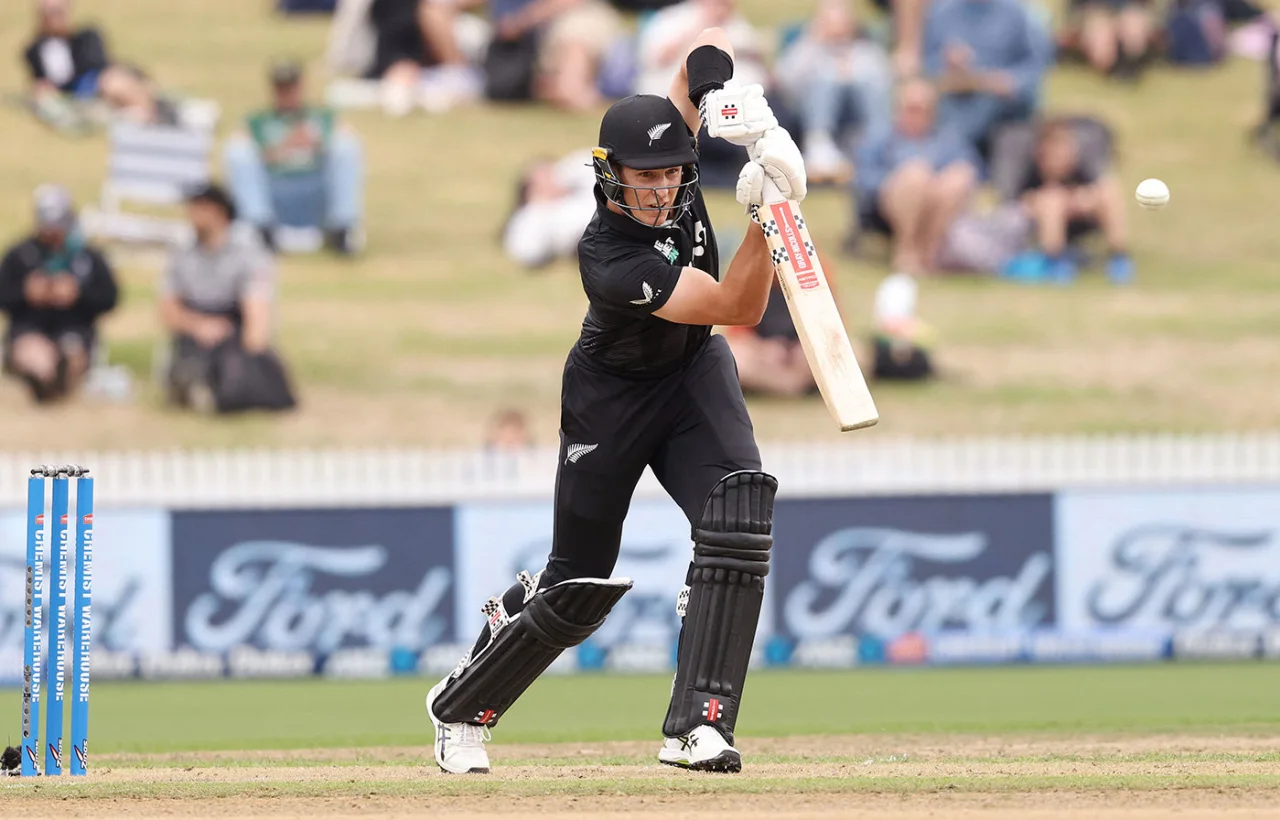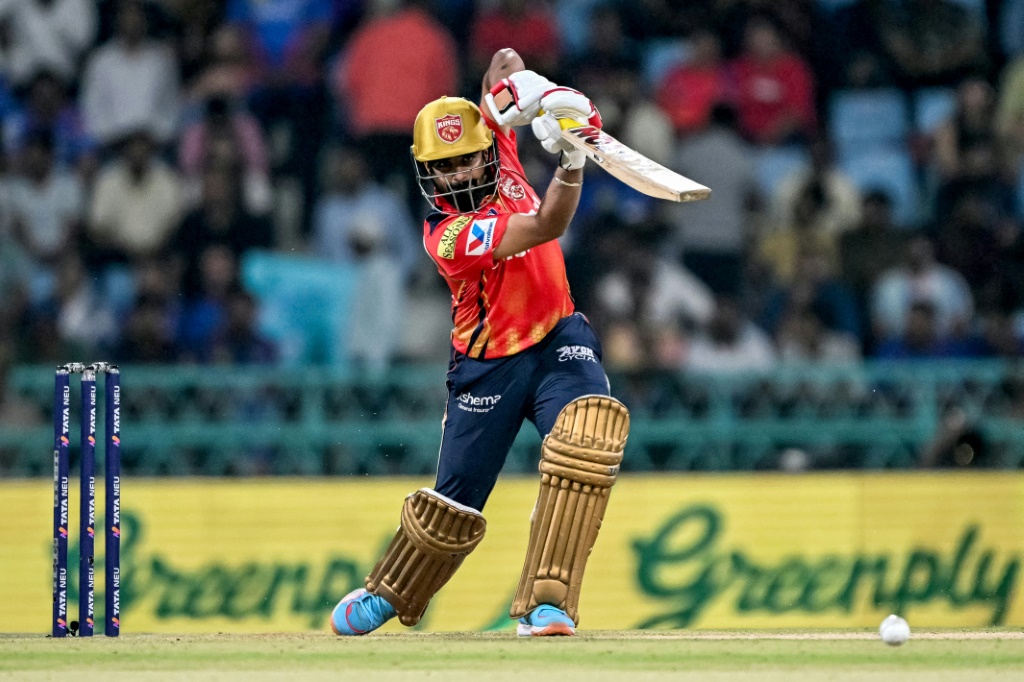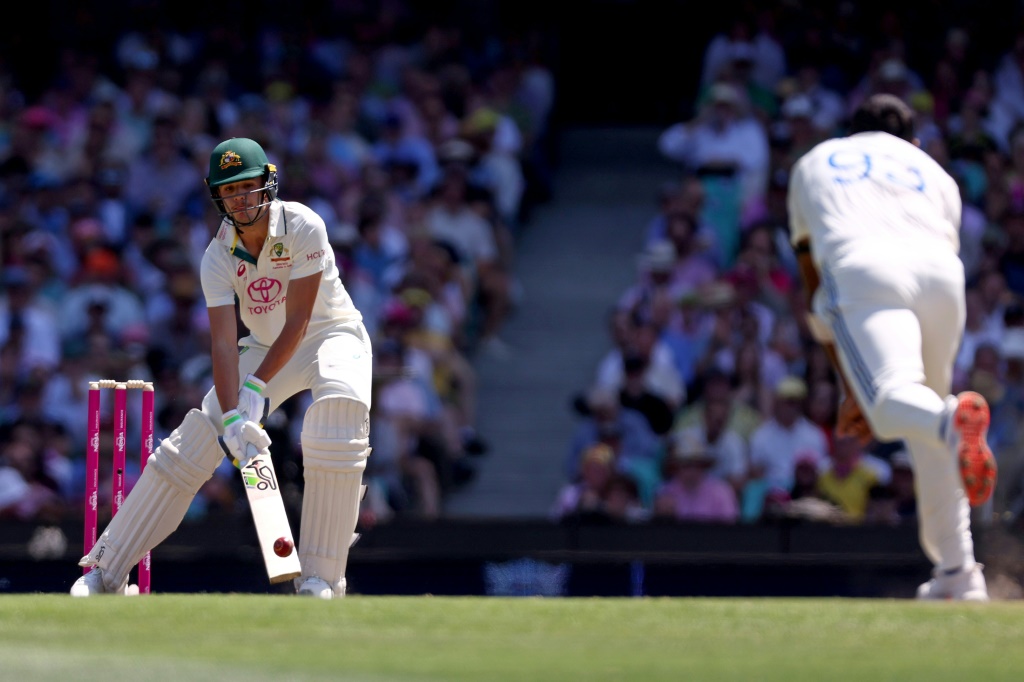Rishabh and Prithvi are products of our system: WV Raman

Source: BCCI

India Under-19 team coach WV Raman believes that his country is benefitting from the structure placed for age-level cricket, as that helps them prepare the youngsters in a competitive atmosphere. The likes of Rishabh Pant and Prithvi Shaw, who have recently joined the senior national team of the country, are also the products of the system in place.
Raman spoke at length with Cricfrenzy regarding different issues related to developing budding cricketers.
Here are the excerpts from the interview…
Cricfrenzy (CF): What do you think should be the main aspiration behind developing an Under-19 squad? Whether it is winning a tournament or developing them for the future?
WV Raman (WVR): Winning is always something that is desirable. There’s also this process of trying to make the cricketers better so we can gain long-term results. It’s not like ‘okay, you’ve won this match. That’s the end of it.’ It’s a two-way path. It has development of the cricketers for the future and it also gives a chance for them to get exposed to international cricket and to play different oppositions in different conditions. This is a platform for them to display their talent. And the important thing is that, they learn from each outing at this level. These guys are going onto become better and better. So, there’s a constant supply of cricketers for the senior side.
CF: How tough is the competition at this level?

WVR: As far as the Indian team is concerned, the competition is really tough, because unlike other countries we have about 30 states. This level for these boys is just a start of their journey. Once they cross this level, they’ll have to compete with men from the other states. They’ve got to make good transition into the senior level and then keep performing. It’s a long journey.
CF: We have seen some cricketers who despite making the headlines in the age-level tournaments don’t make it count in the long run. Can you explain why?
WVR: By no means is it guaranteed that once you do well for a reasonable period of time at the U-19 level, it’s an automatic progression to the senior side. There are still a lot more barriers to cross, lot more things to learn. They’ve got to be more consistent than they are now, because it’s a very huge field out there.
CF: Recently Rishab Pant and Pritvi Shaw made their presence felt in the senior level. How satisfying is it as they were also part of age-level group not far ago?
WVR: This is a victory for the entire system. I’ve always mentioned that the system in place for these boys in India is fantastic and unparalleled. By the time they get to the U-19 stage, they get to play a lot of competitive matches, starting from U-16 level and onwards. They get exposed to playing under pressure in matches. They get to play against different sides even in the domestic cricket, in different conditions. The kind of opportunities they get, the gladdest part is that the boys are making use of them. The very fact that somebody like Prithvi Shaw progressed in a year is fantastic.
CF: It is said that too much T20 cricket is spoiling young cricketers as they are more inclined on making the most from the shortest format instead of testing their skill at the Test levels…
WVR: There will come a time when these guys will make progress and will be put into the T20 side – either in some state side or some franchise in the IPL. Again, that is also part of learning. One might ask ‘why so early?’ But what’s got to be noticed here is that, in India, at the U16 level, they don’t even play in the one-day format. They only play the duration game [unlimited-overs]. Then slowly at the U19, they get to play the one-day format for the simple reason that the [ICC Under-19] World Cup is a 50-over tournament. It’s all done gradually. But it all comes down to how they make the transition and which format they find their skills are more suited to. The cricketers now have the option to choose from among different formats. It all depends on how these cricketers progress, what mindsets they develop, and how they develop their skills in terms of whether they want to play all the three formats or not. It’s up to them to make the choice.
CF: Do you believe someone good at Test will eventually succeed in the shorter formats? Or, do you feel that if someone is finding it easy in shortest format will make it in Tests in the long run?
WVR: A good duration cricketer will always find it relatively easy to adapt to the shorter formats, because in duration games, his skills, his temperament, everything is tested. Once he passes the test successfully and confidently, he will find it easier to adapt to the shorter format. Again, you can’t say that cricketers who start as good players in the shorter formats can’t make into Test cricket. There are cricketers like Warner, there are various other cricketers, who burst onto the scene playing attacking cricket. Who would’ve thought somebody like Rishabh Pant will get big runs in Test cricket? It’s all up to the individual – how he adapts to a particular format. It also requires some guidance, especially when they are going through the transition. The kind of exposure the junior cricketers in India have to various formats, I think they’ll be able to manage things in different formats, as they go along.




